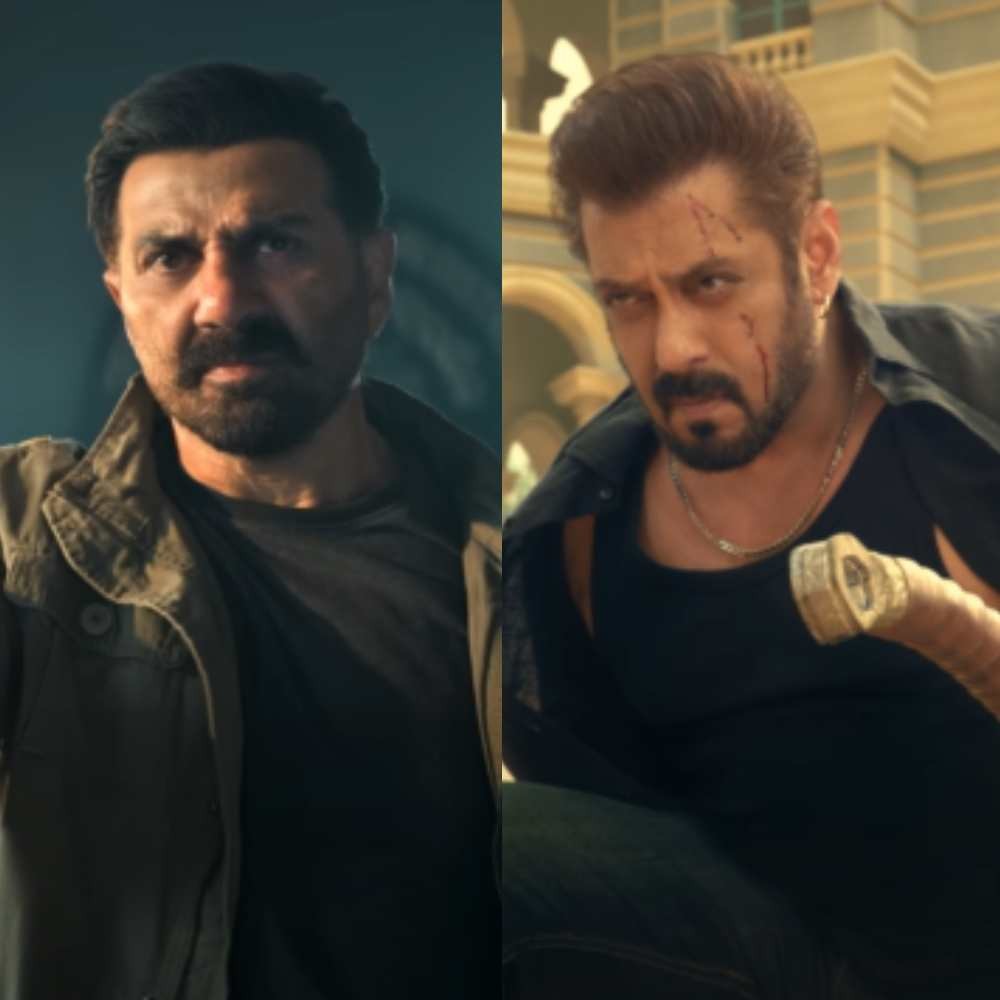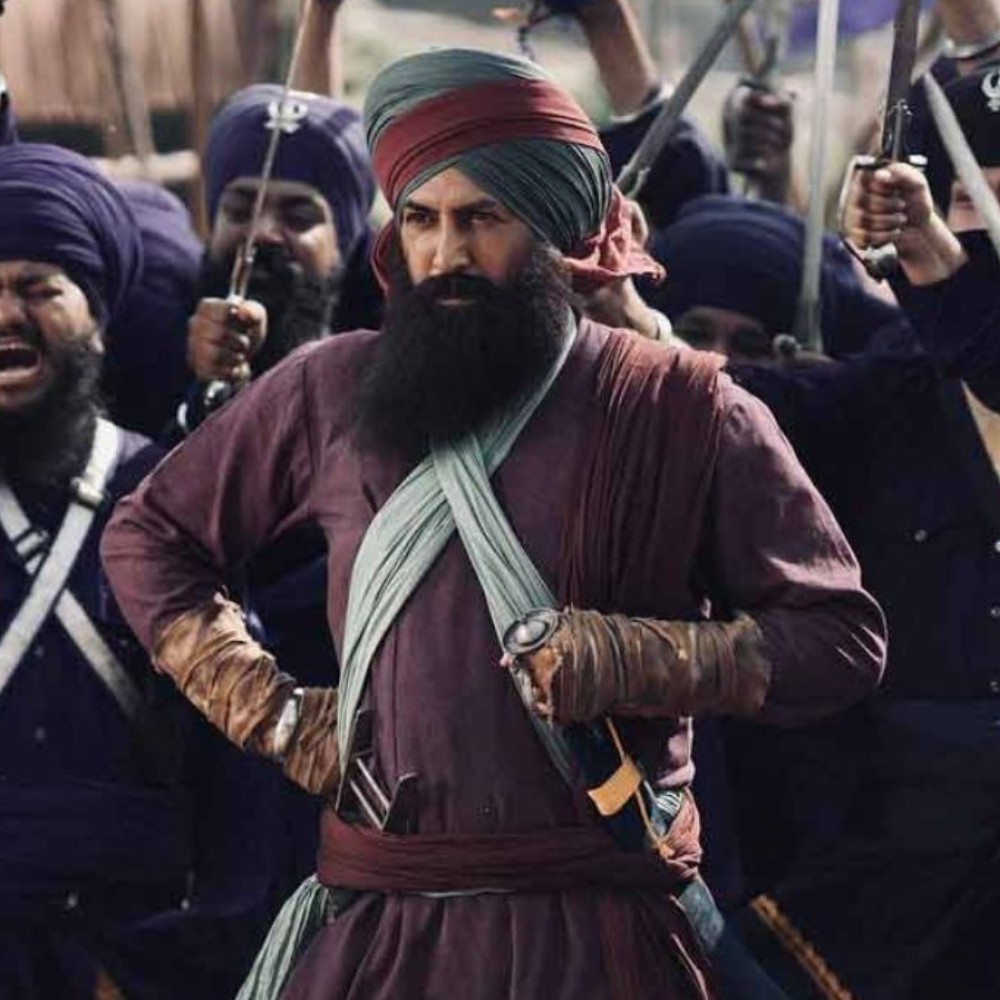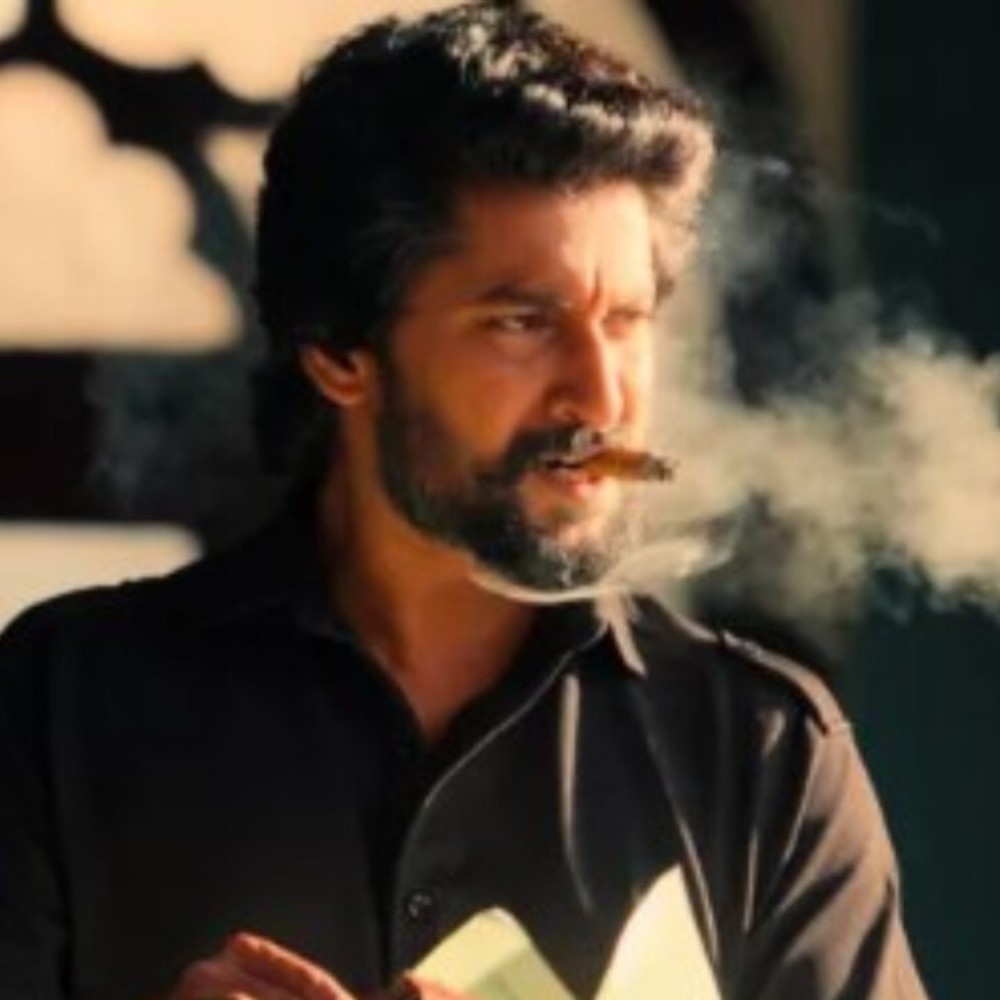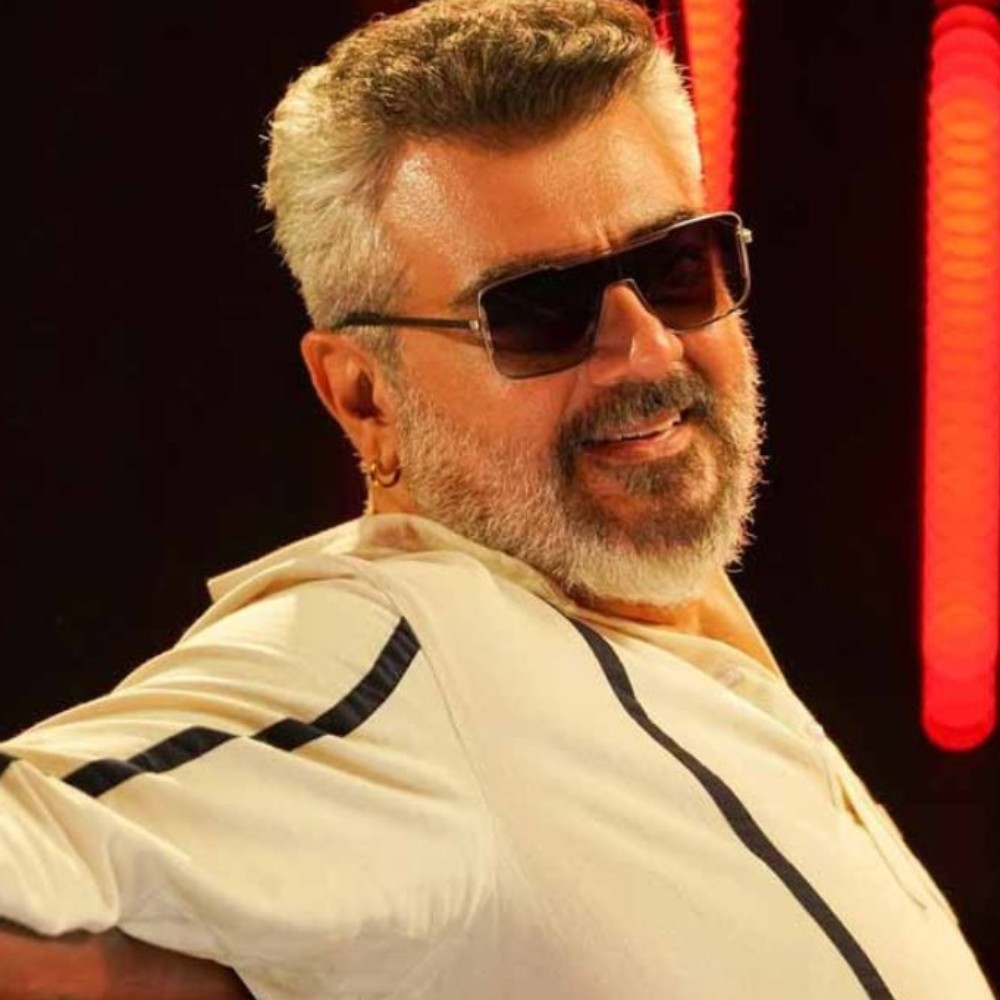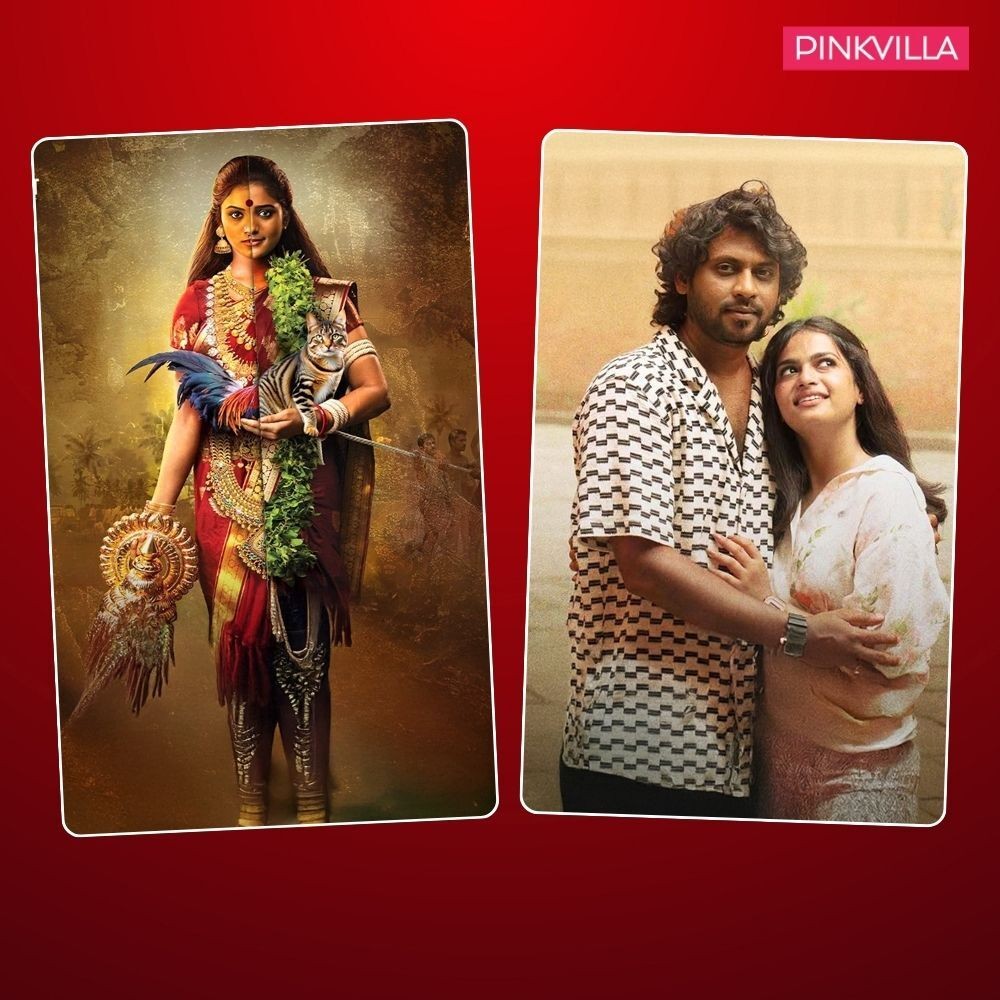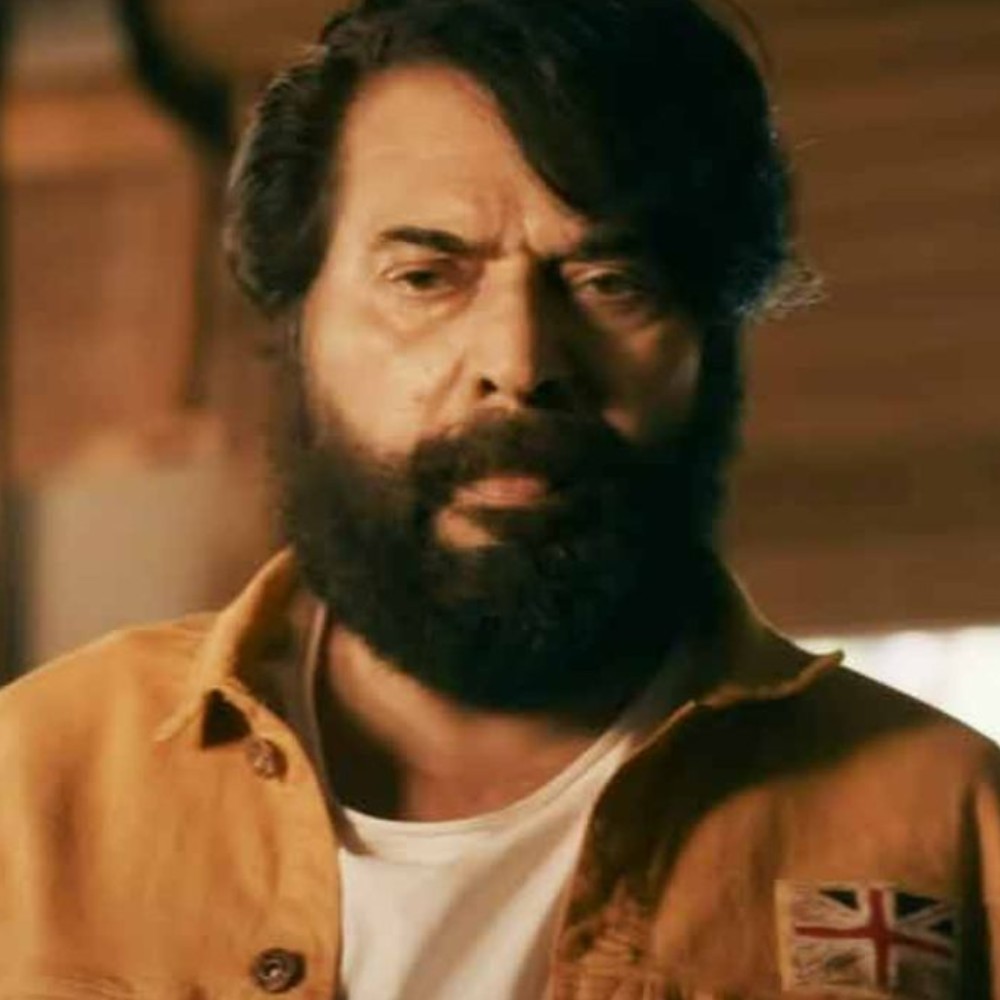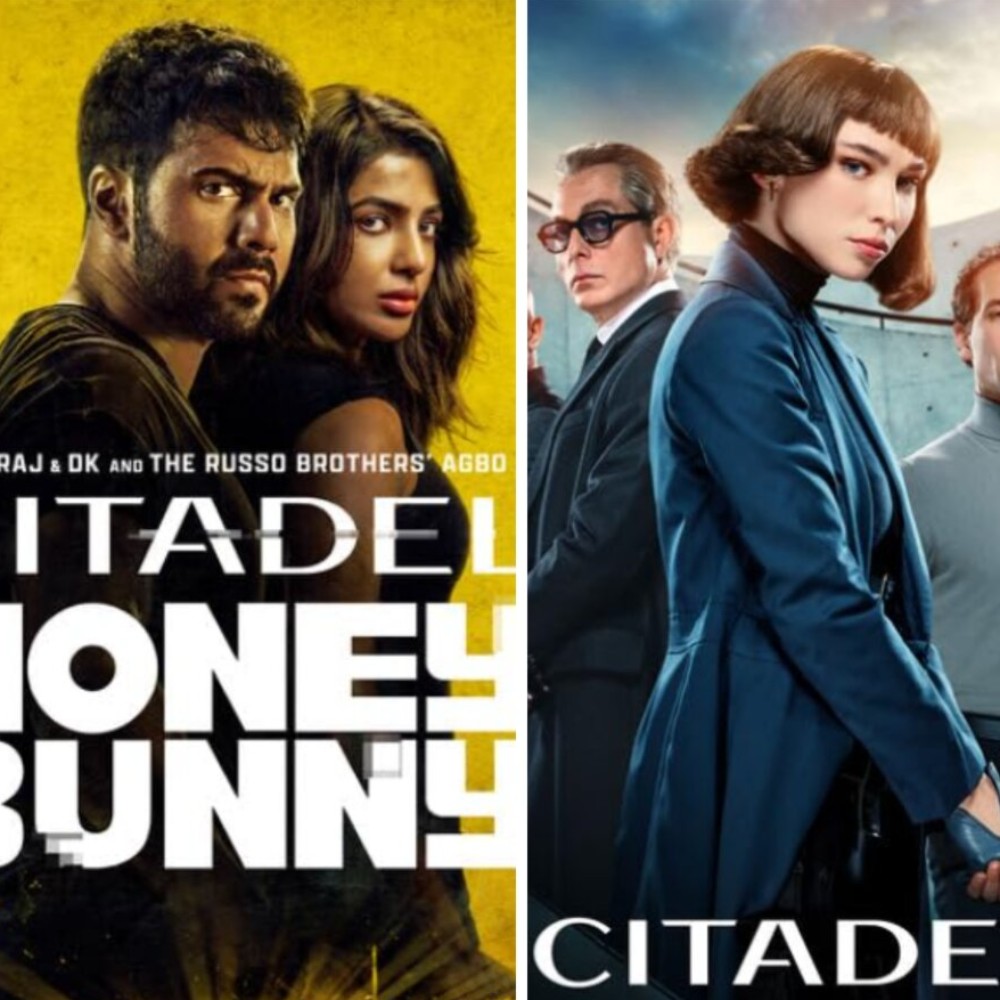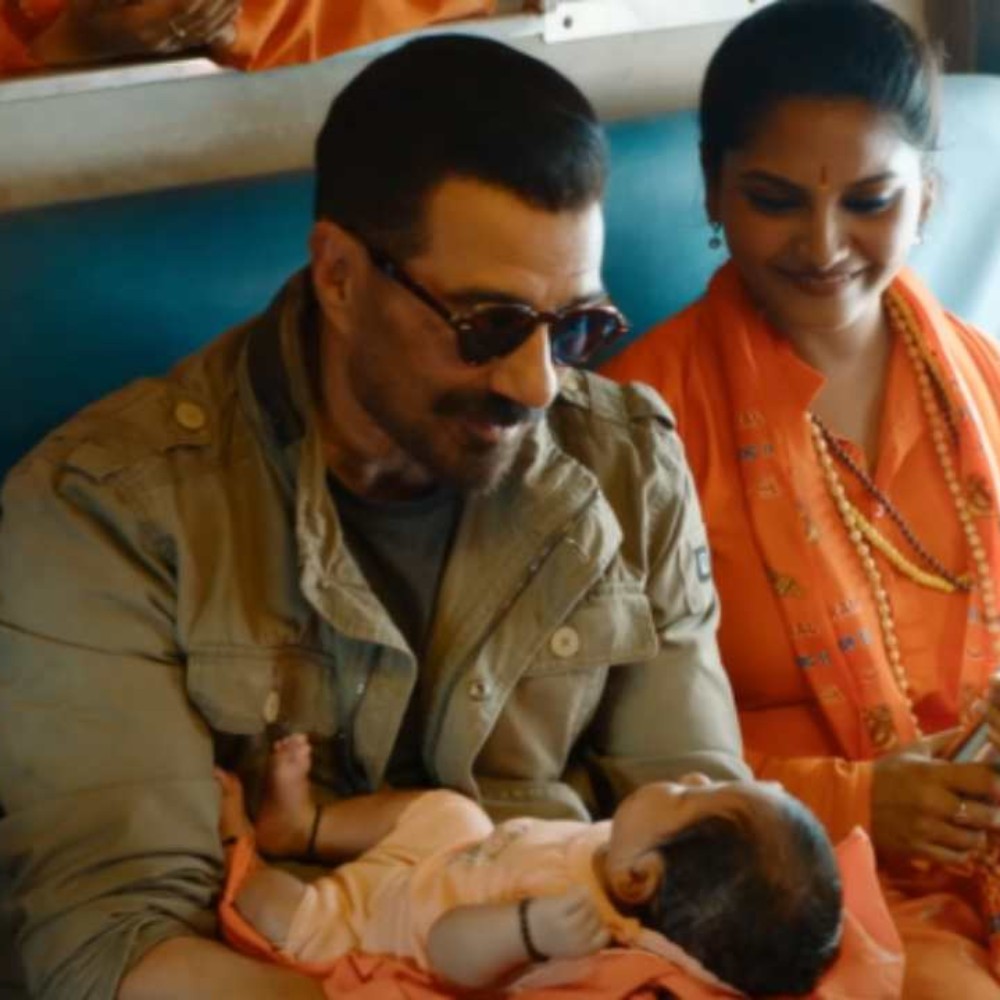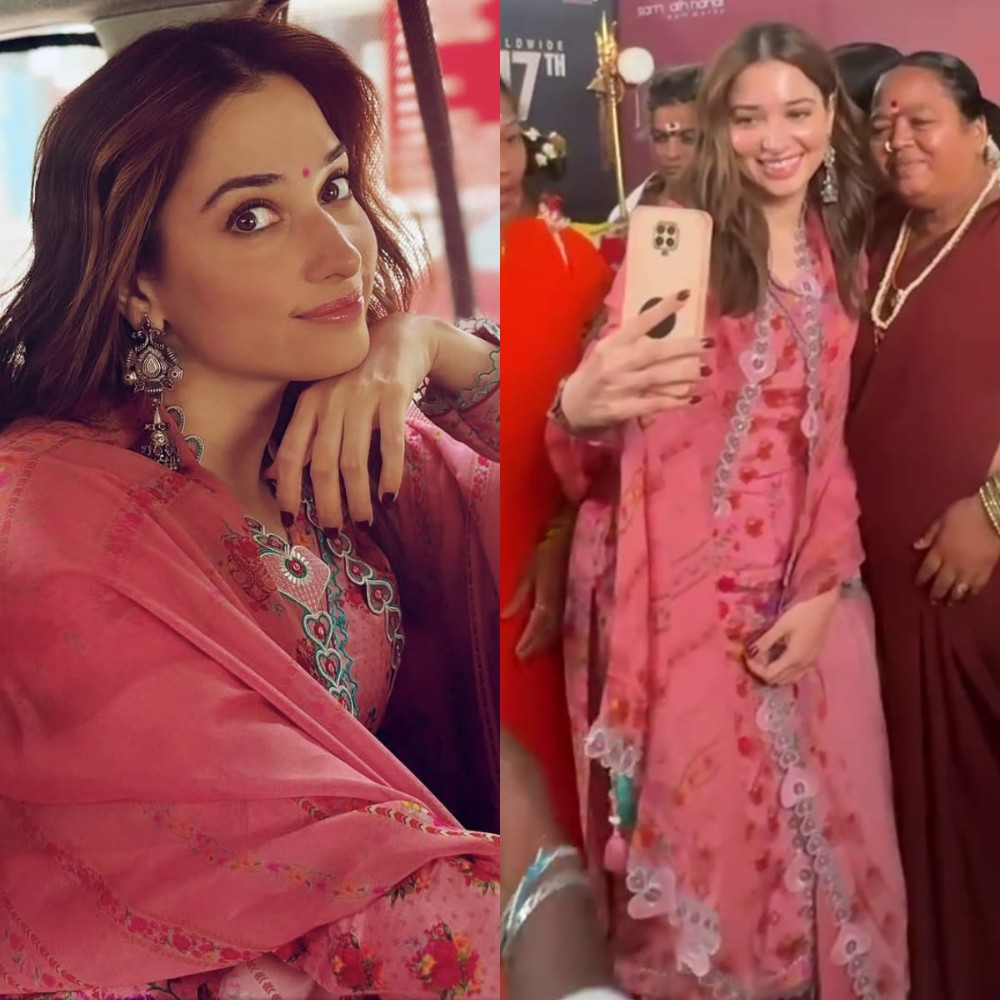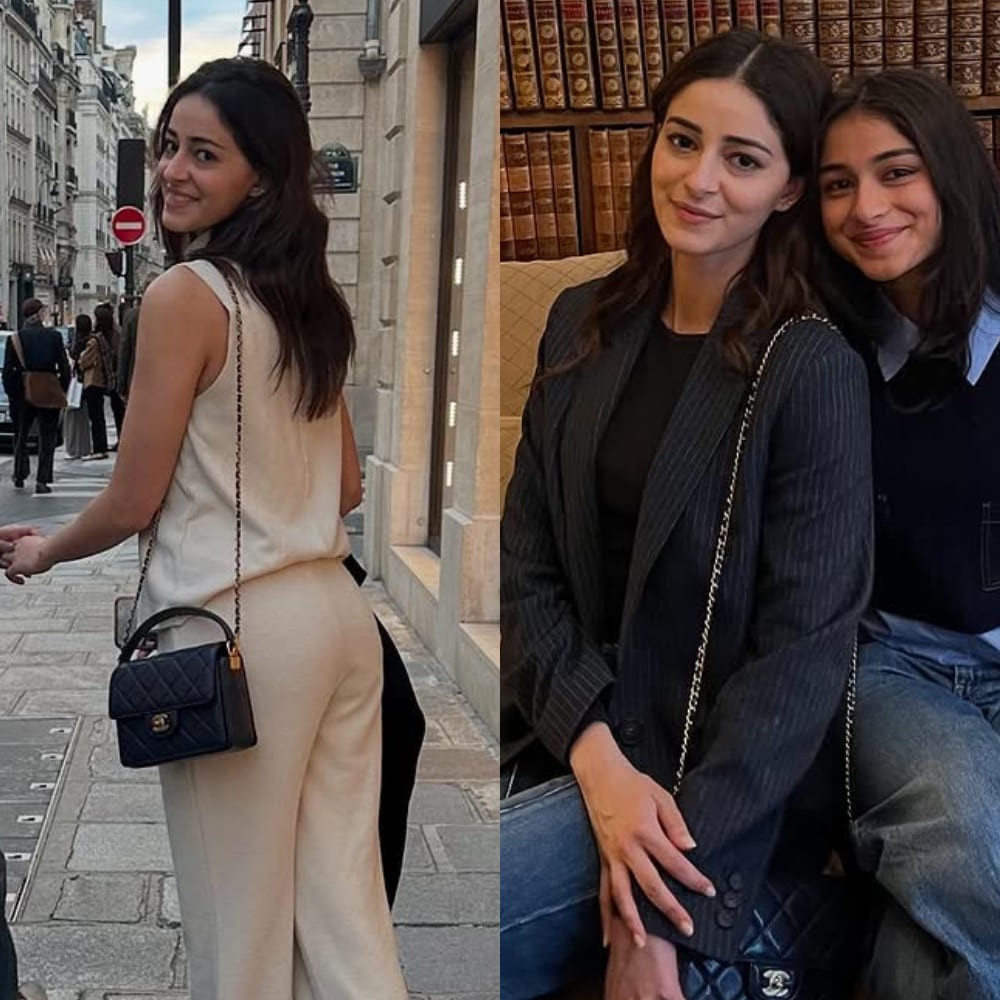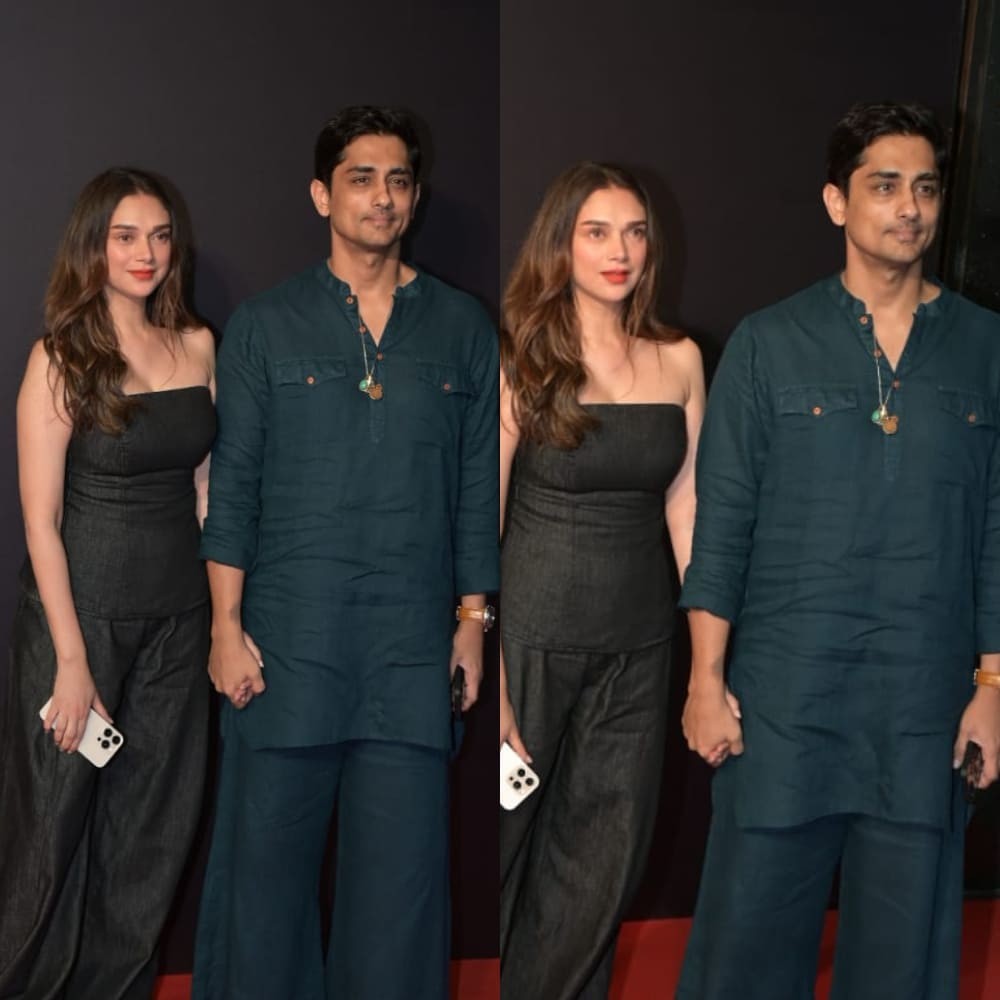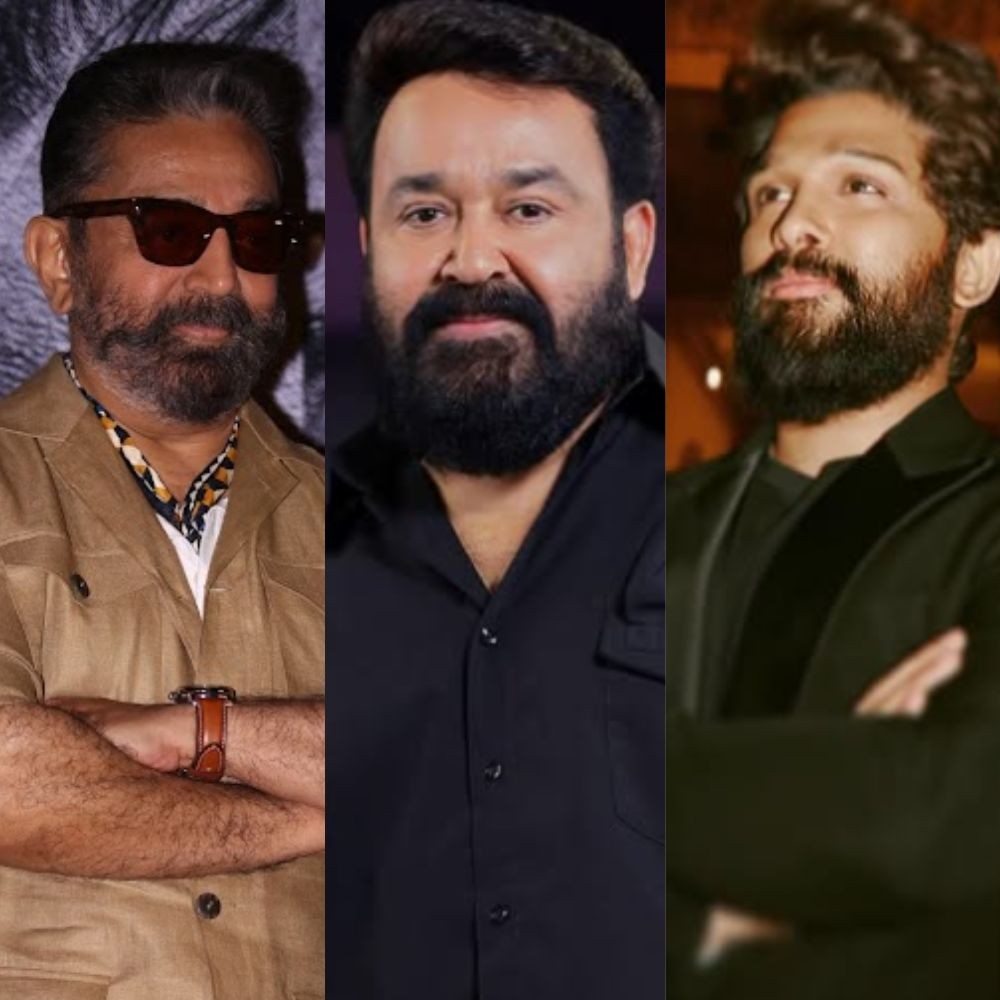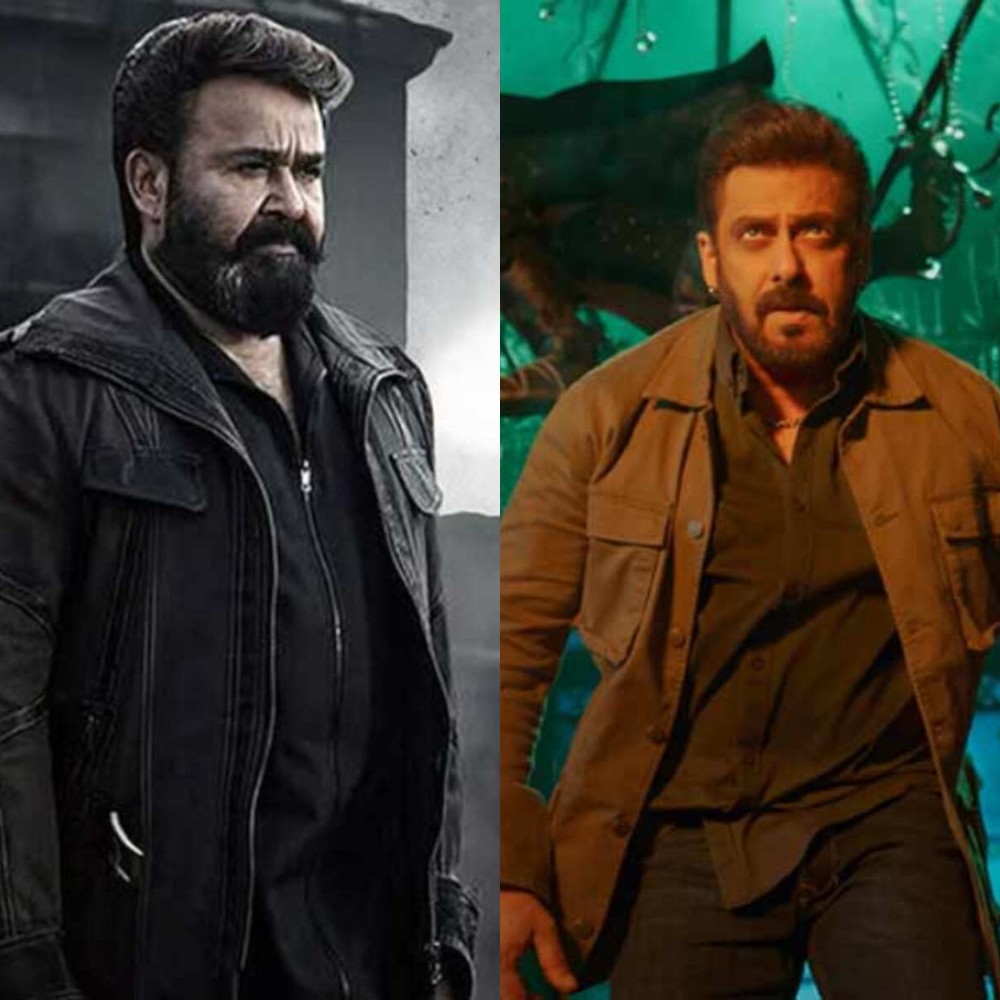Malaikottai Vaaliban Movie Review: Mohanlal, Lijo Jose Pellissery collab is technically brilliant film that goes on for too long
Mohanlal and Lijo Jose Pellissery’s first on-screen collaboration has just hit the silver screens. But does it match the hype? Check out the full review below.
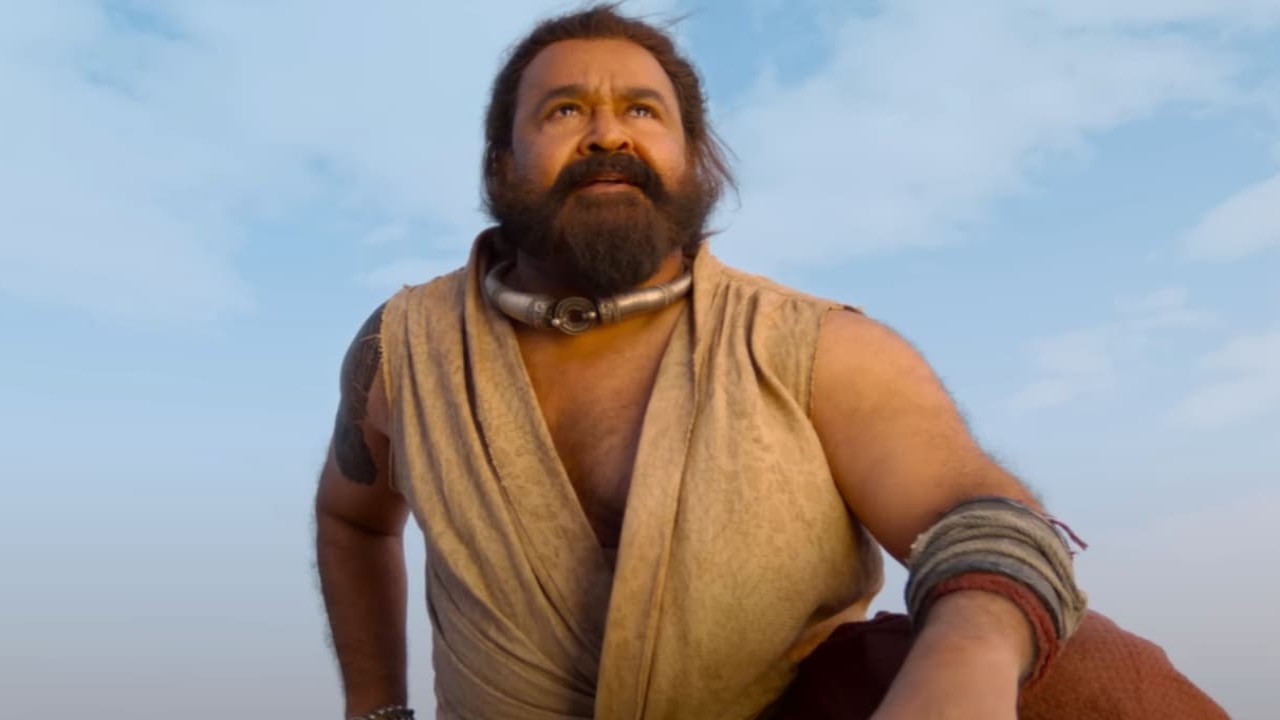
Mohanlal and Lijo Jose Pellissery’s first on-screen collaboration, Malaikottai Vaaliban, is undoubtedly one of the most anticipated Malayalam films in recent times. The film features an ensemble cast from around the globe, including Sonalee Kulkarni, Hareesh Peradi, Danish Sait, Manoj Moses, Katha Nandi, and many more in prominent roles, apart from Mohanlal. The film has just hit the silver screens, but does it live up to the hype? Let’s find out!
The Plot of Malaikottai Vaaliban
Malaikottai Vaaliban is a fantasy action film that follows the tale of the eponymous character, who is an undefeated warrior. He goes from one land to the next, defeating the most valiant warrior from the land.
However, Vaaliban’s life takes a turn when he meets a dancer by the name of Rangapattinam Rangarani and an evil lord by the name of Chamathakan. How their lives get entangled, and the events that follow form the crux of the story.
What works in Malaikottai Vaaliban
Arguably, it is the cinematography by Madhu Neelakandan that breathes life into Malaikottai Vaaliban. The camera work is inexplicably brilliant, with picturesque shots that transport the audience to the world of fantasy that Lijo Jose Pellissery has churned up. What goes hand in hand with the cinematography is the use of colors.
In a recent interview, Mohanlal mentioned that Malaikottai Vaaliban is not a period film, but rather falls into a fantasy, fable-like genre. Undeniably, it is the cinematography that helps translate this on screen. The shots used are quite reminiscent of the Aladdin, and Alibaba and the 40 Thieves animated cartoons that a lot of us have watched as children. Furthermore, there are several references and inspirations from Japanese Samurai films that help showcase the valiant nature of Vaaliban.
Additionally, the extensive use of dissolves in the editing added a layer to the fairy tale that the filmmaker has weaved.
Another department that demands praise is the music by Prashant Pillai. The music, be it in songs, or as the background score, is a mixture of genres including classical, western, Arabic, soulful melodies, and much more.
The role played by the art department, including art direction by Gokul Das, costume by Ratheesh Chammravattom, and Sujith Sudhakaran in bringing the fictional world to life also deserves a special mention.
Check out the trailer of the film below:
What does not work in Malaikottai Vaaliban
The biggest issue one would face while watching Malaikottai Vaaliban is the extensive runtime. Right from the first scene, the film follows a rather slow pace, which is maintained throughout the film. Although there is a slight increase in pace in the second half, it quickly goes back to the slow pace, lagged experience. The relatively slow pace can sometimes be a bit overbearing for the audience as well. What adds to the slow pace of the film is the extensive use of slow motion in the editing as well.
Something that deserves to be mentioned along with the slow pace of the film is its writing. While the idea of Malaikottai Vaaliban as a film, and the incidents that take place in it are quite solid, the journey from one incident to the next seems to be quite haphazard. Further, it has not been established well enough that the film falls under the fantasy action genre, leading to quite the confusion when certain action sequences take place. While the story as an idea works, its translation to the script seems half-baked.
A factor that does deserve appreciation is that the film does not stop right after the emotionally charged, high-octane action sequence in the second half, and the characters go back to their daily livelihood, as one would expect fairy tales to end. One ‘once upon a time’ can always be followed up by another. However, Lijo Jose Pellissery takes too long to elaborate on why the film is still going on.
The Performances in Malaikottai Vaaliban
Undoubtedly, it is one of Mohanlal’s best on-screen performances in recent times. The actor brings the character of Malaikottai Vaaliban to life and in a seemingly believable manner. Further, the supporting cast including Hareesh Peradi, Manoj Moses, and Katha Nandi all deserve praise as well.
Sonalee Kulkarni was quite impeccable for most parts, however, there is one scene in particular where it feels she has overdone. Nonetheless, that scene does not discredit her brilliant performance in other scenes. Danish Sait, in his Malayalam debut, does justice to his character of Chamathakan, the maniacal antagonist. There is a thin line between being maniacal and overacting, and Danish manages to walk the line with precision for most parts of the film. However, there are parts where he overdoes it as well.
Final Verdict of Malaikottai Vaaliban
In an interview prior to the film’s release, Mohanlal mentioned that Malaikottai Vaaliban is a one-of-a-kind film, which has rarely been attempted in India. The statement holds true. Malaikottai Valiban is indeed a bold attempt in the fantasy genre by Lijo Jose Pellissery, a director known to keep experimenting with his films. The film does bring a fable-esque scenario to life and convincingly portrays the valiant fairy tale of the titular warrior. Despite its flaws, Malaikottai Vaaliban is worth watching in theaters, especially for Madhu Neelakandan’s cinematography and Prashant Pillai’s music.





 JOIN OUR WHATSAPP CHANNEL
JOIN OUR WHATSAPP CHANNEL